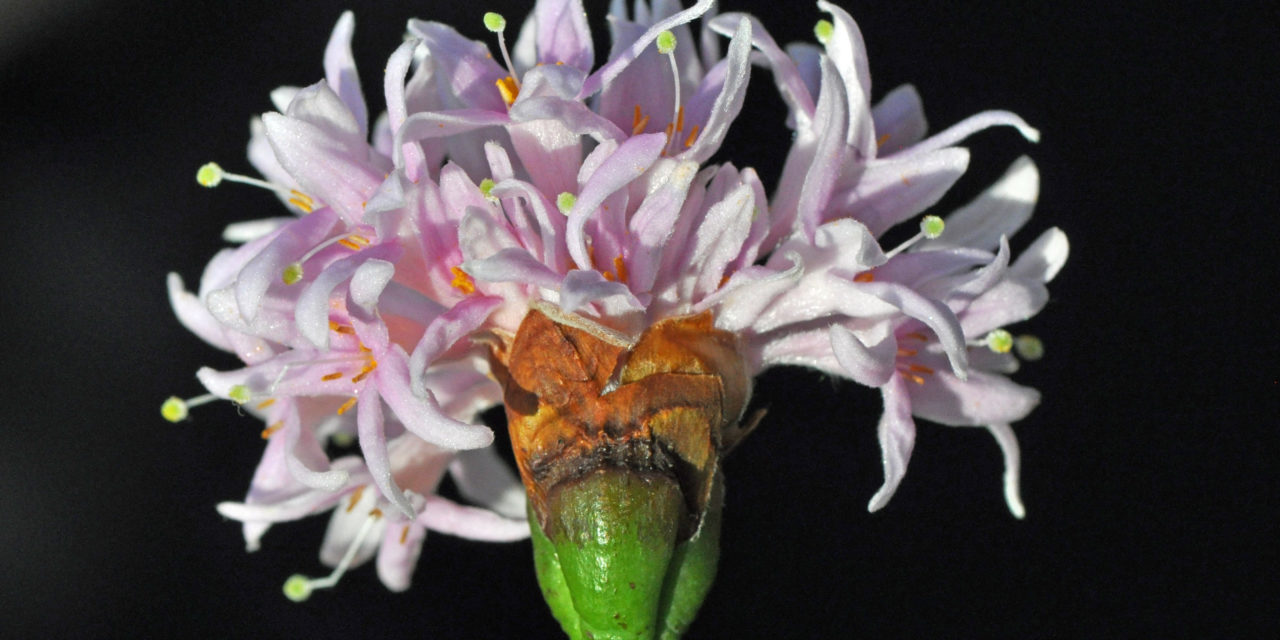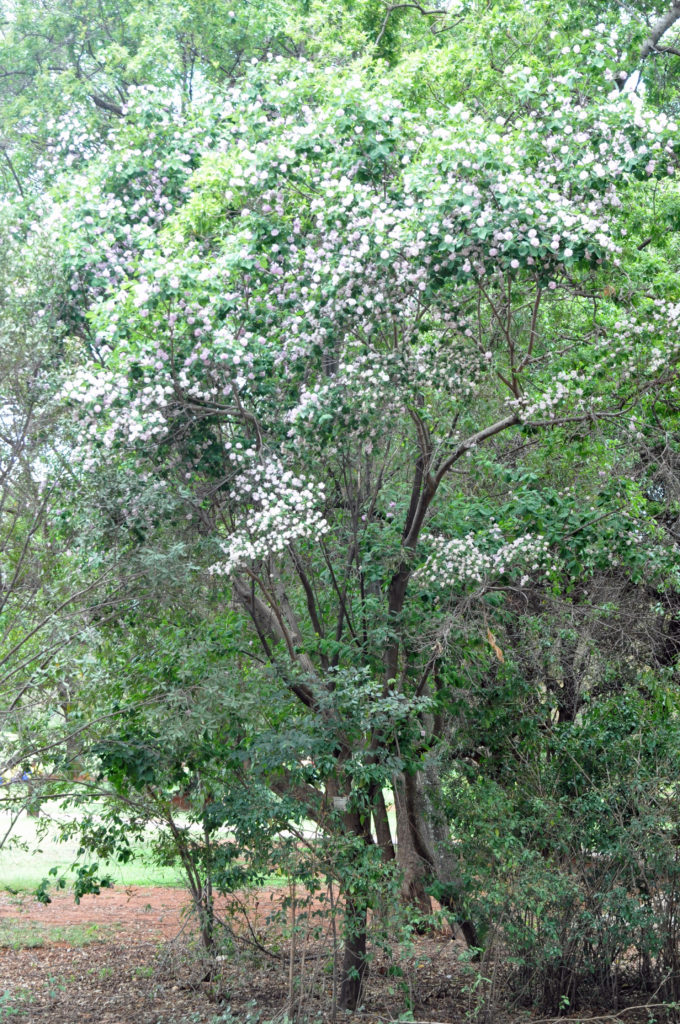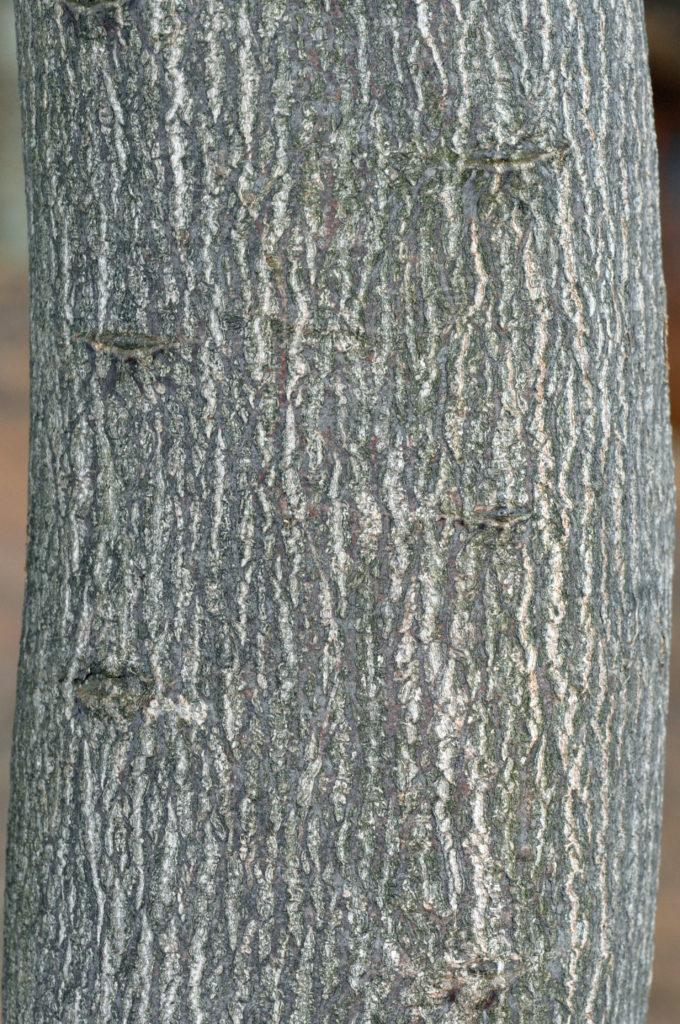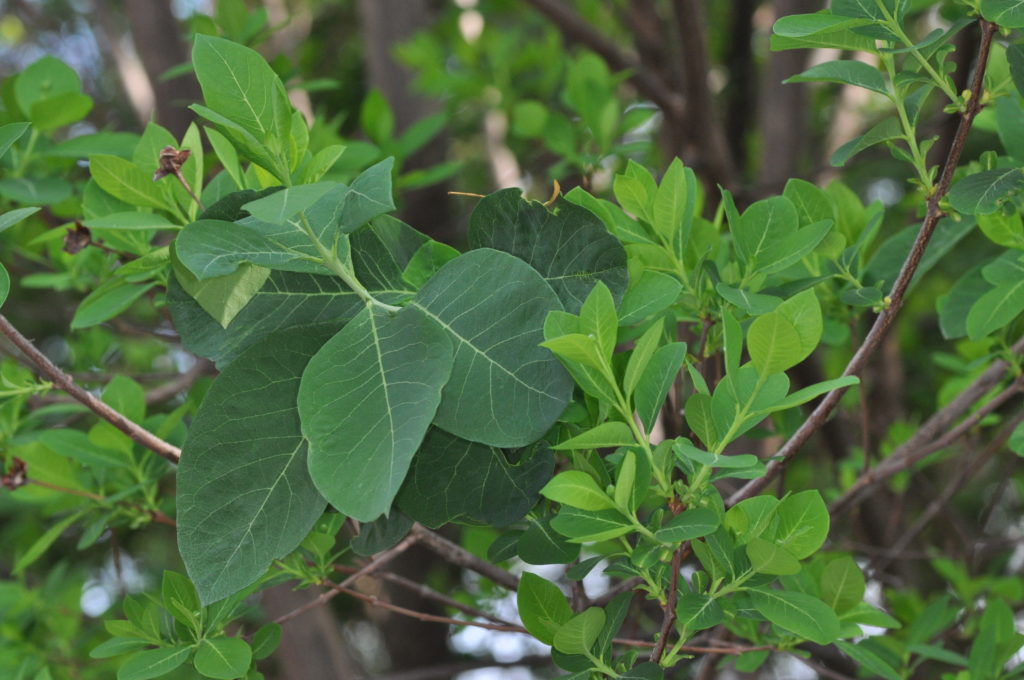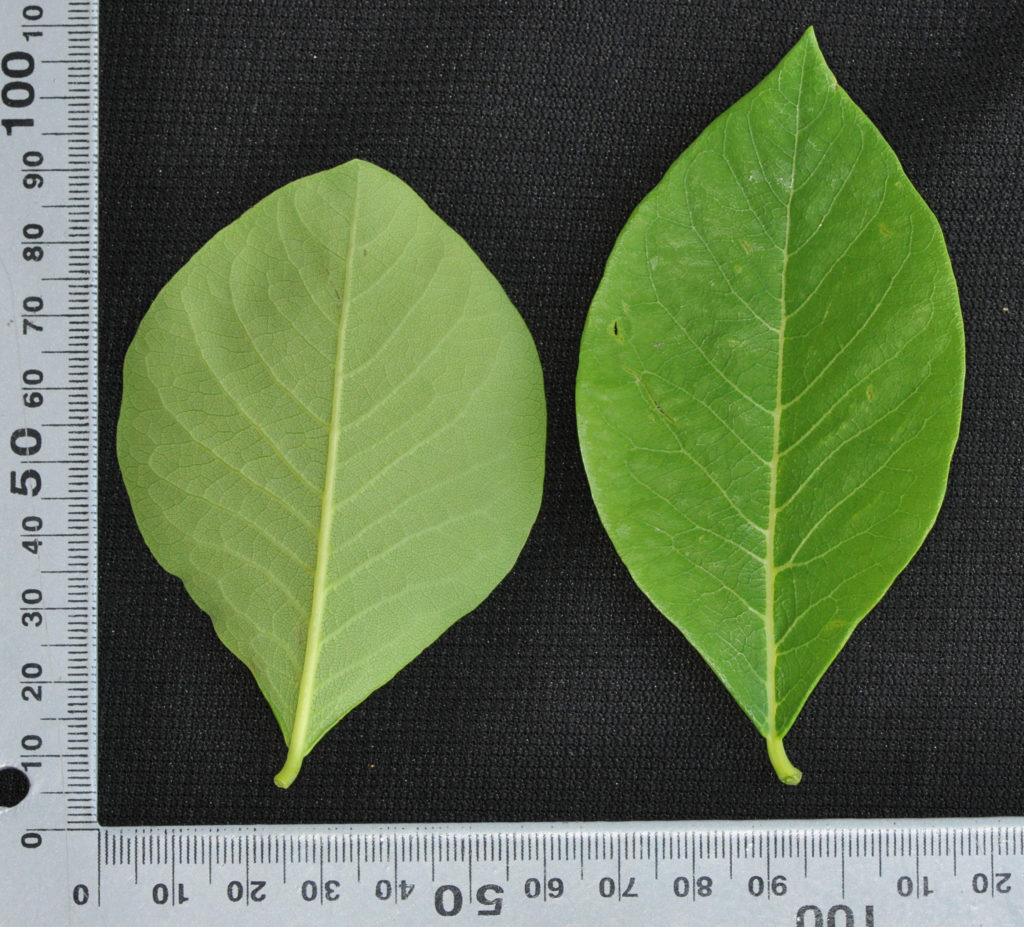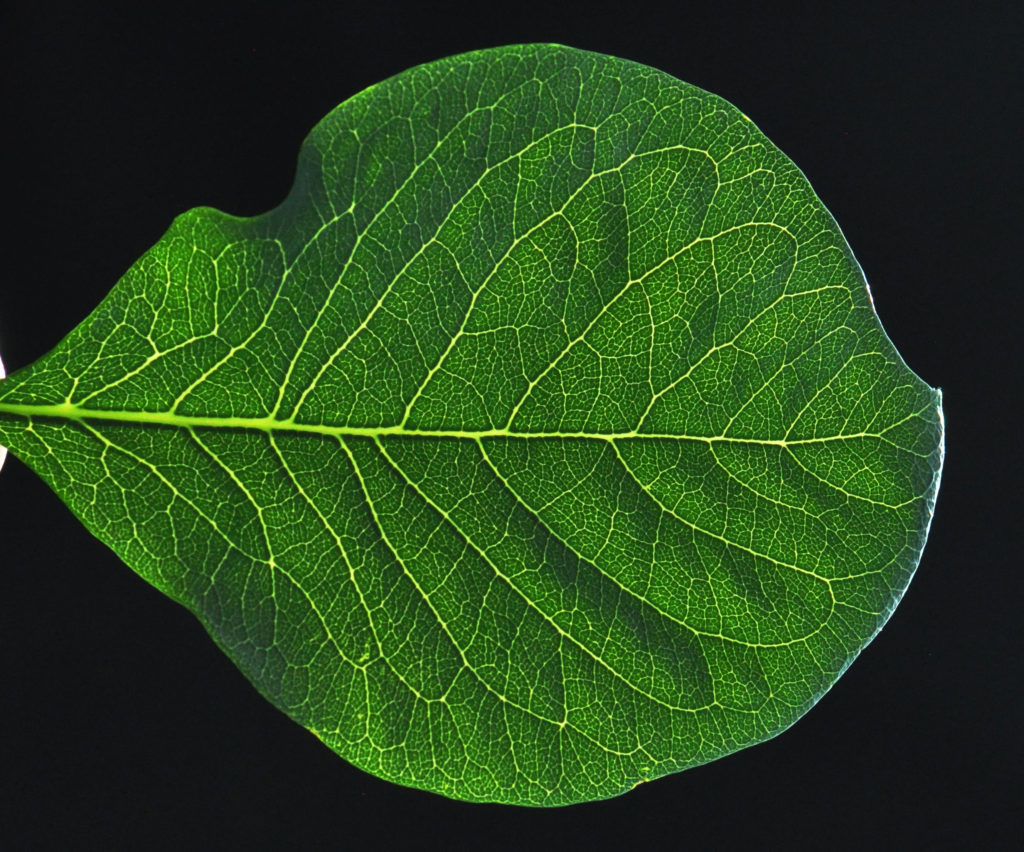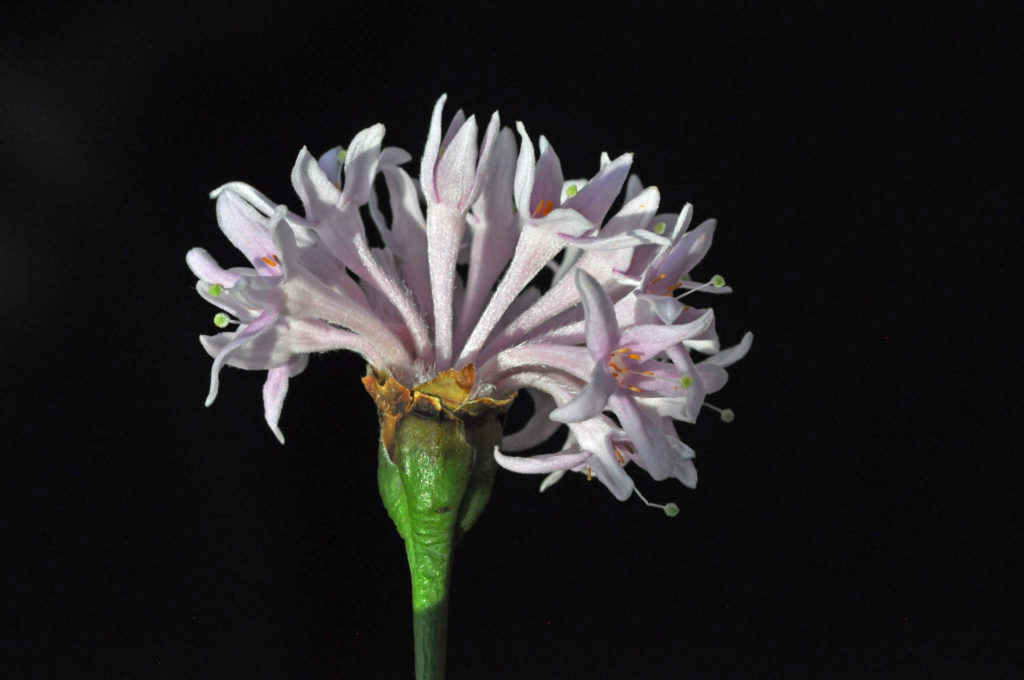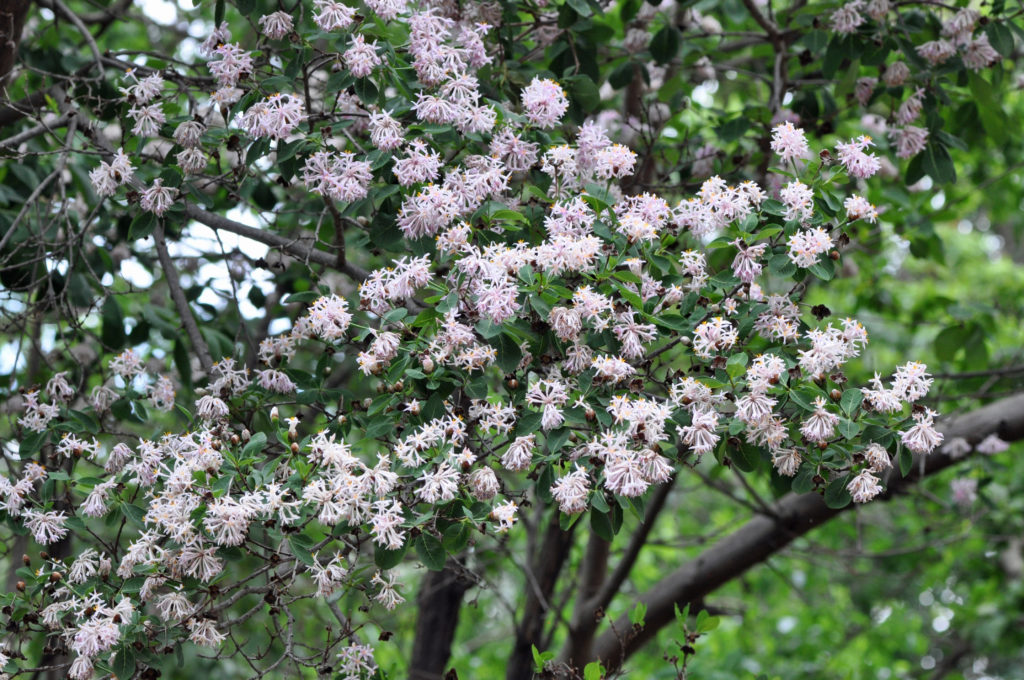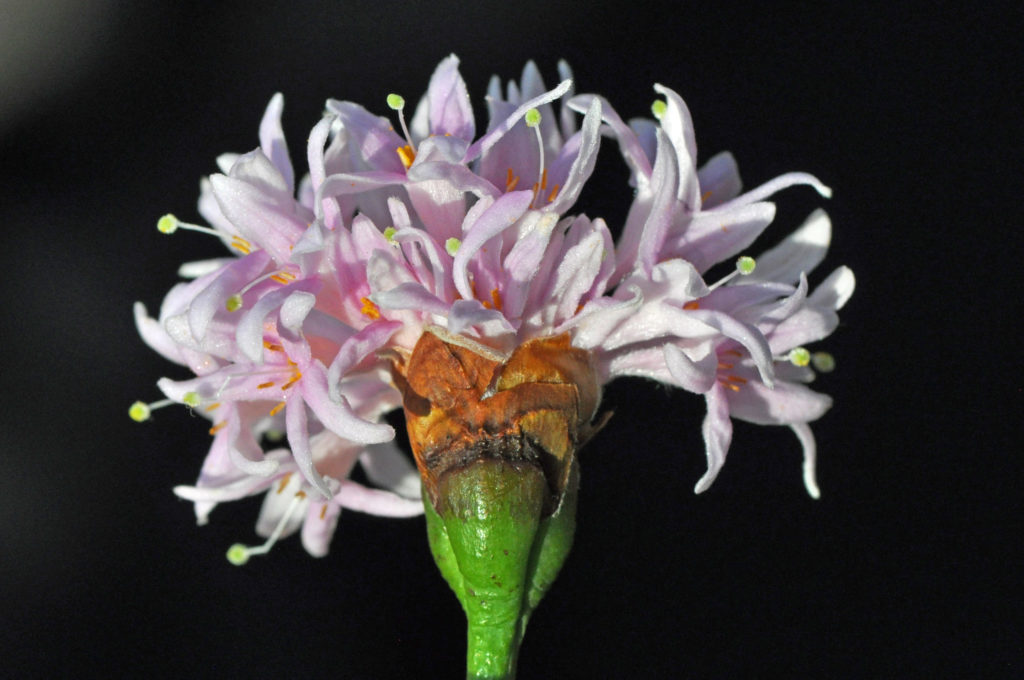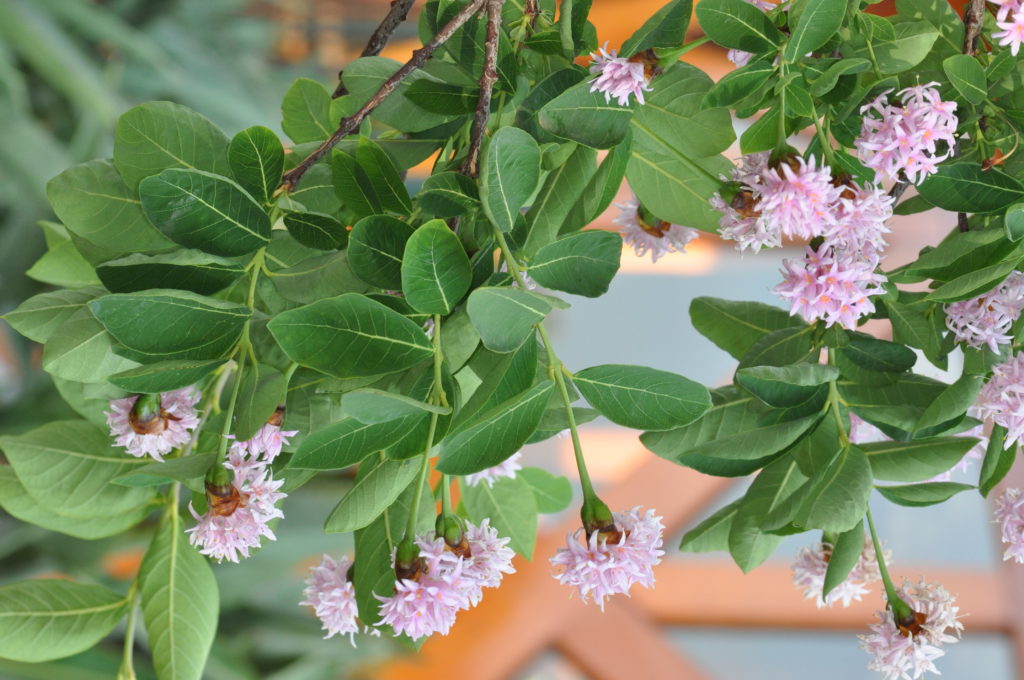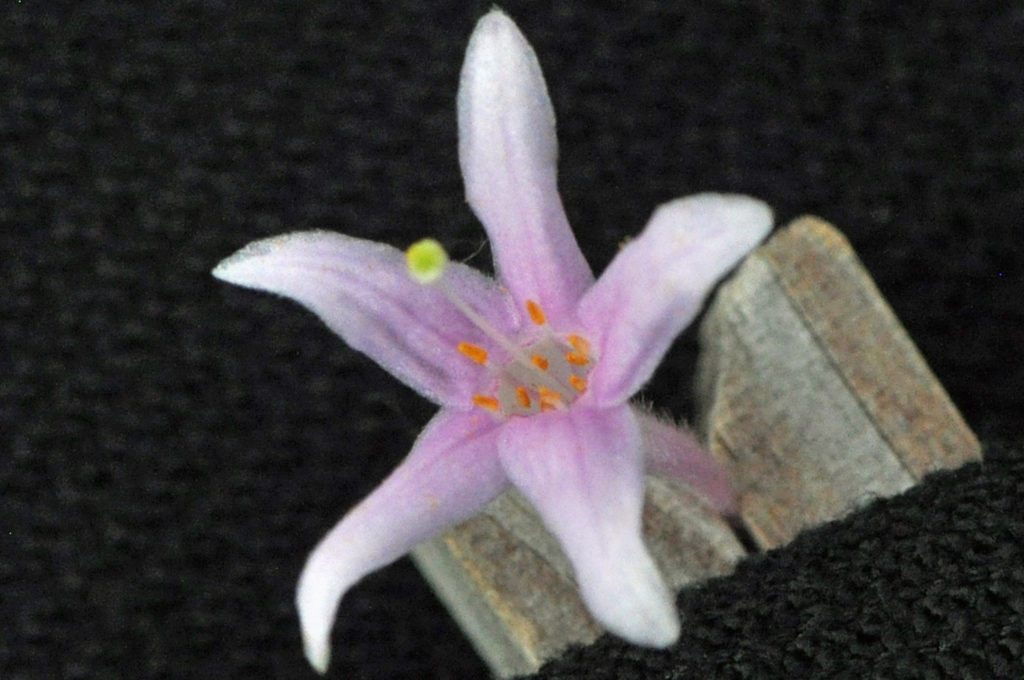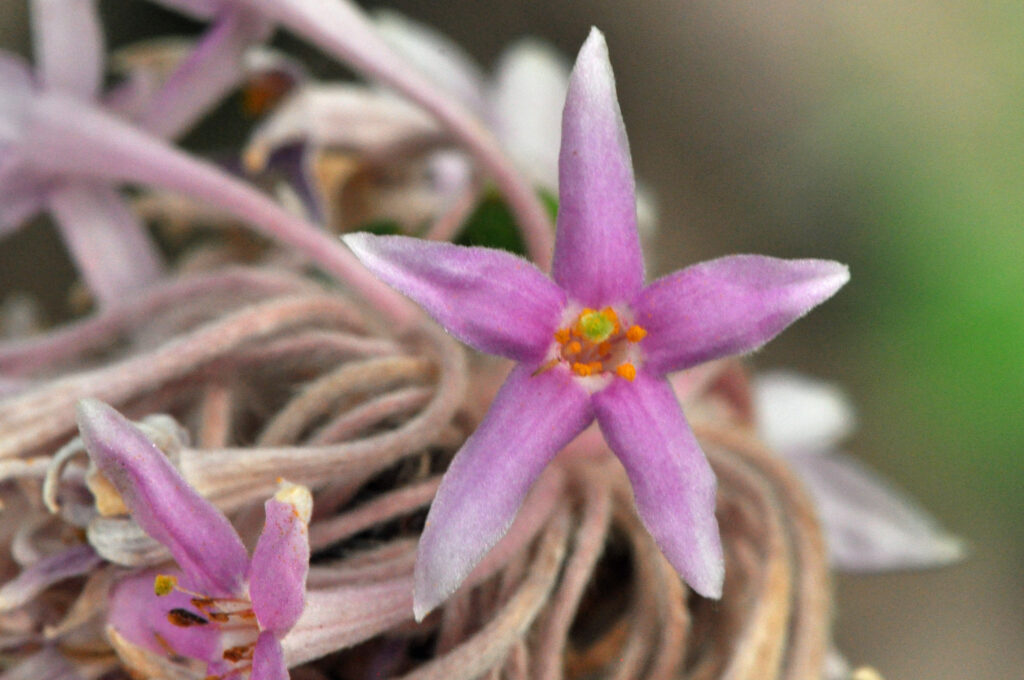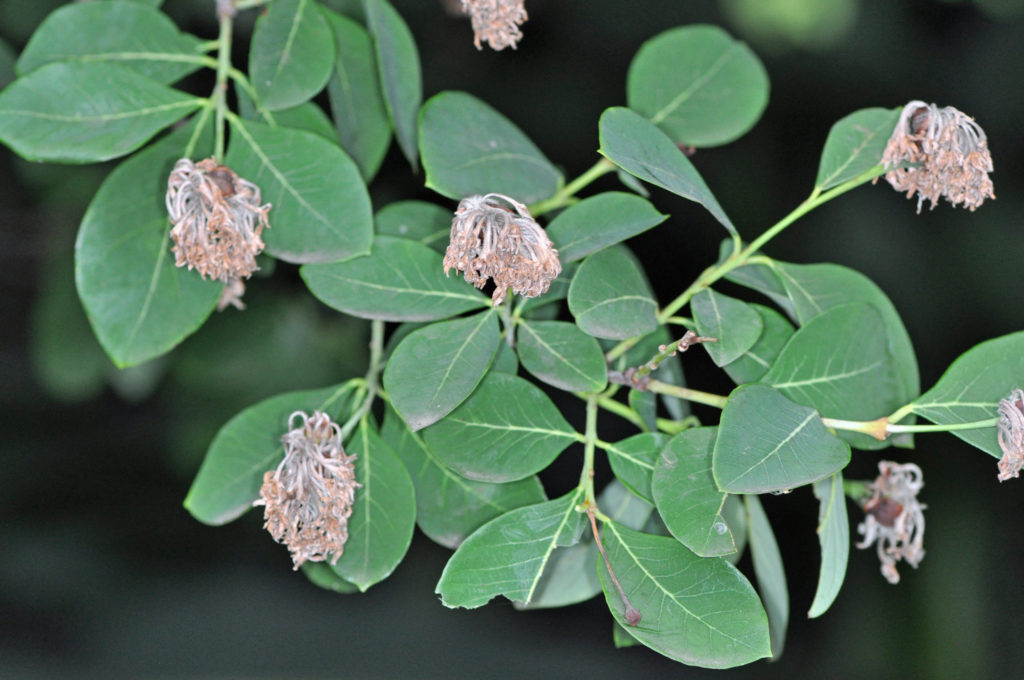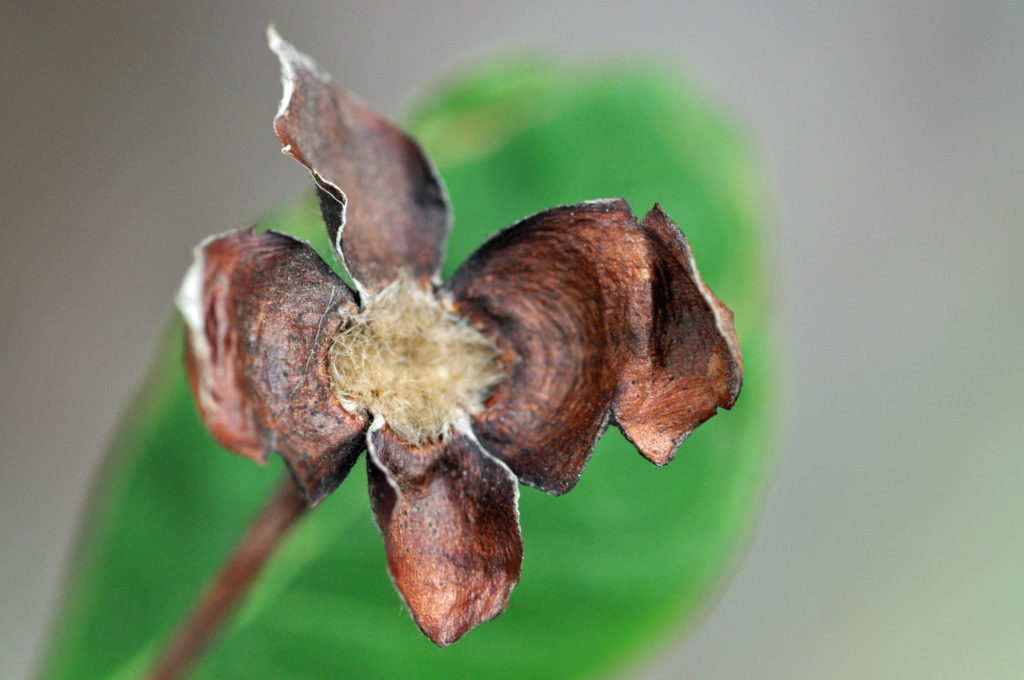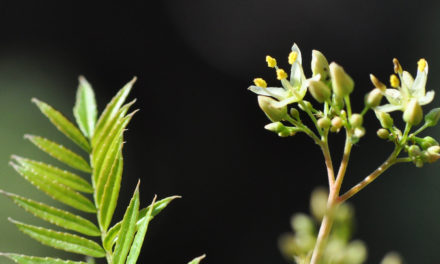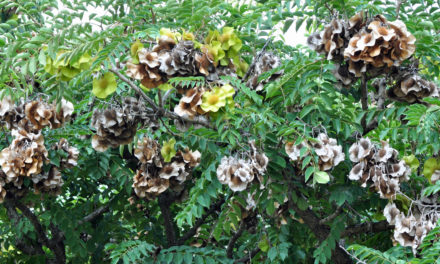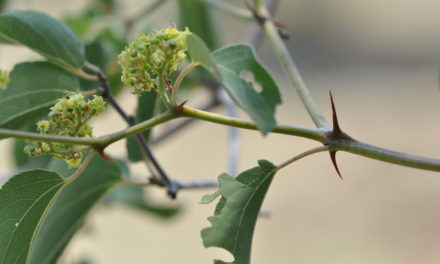Dais cotinifolia
General Info – summary
This attractive, smooth barked Tree is usually single stemmed and up to 7m high. Branches are strong and tough. Simple, opposite or scattered Leaves, with entire margins, lack stipules. Strong green bracts subtend persistent inflorescences. Small bisexual, regular and 5-merous Flowers, and the sepals on the hypanthium resemble petals. A superior ovary is present. Fruit is a small nutlet with tiny ovoid seeds.
Description
Previous Names: Nil.
SA Tree No. 521.
Common names: (Afr) Basboom, Kannabas, Speldekussing. (Eng) Dias, Pincushion tree, Pompon tree. (siSwati) inTfocwane. (isiXhosa) Intozani. (isiZulu) intozwane-emnyama.
Family: Thymelaeaceae (Fibre-Bark and Gonna Family) contain about 50 genera and about 900 species. The 9 genera are mainly African and some Australian, with 192 species in southern Africa. Plants are mainly shrubs or small trees. Stems and branches have fibrous bark. The small, simple and entire Leaves lack teeth, are opposite or alternate and lack stipules. Lateral veins are close and parallel. Flowers are bisexual, usually regular and mostly insect pollinated. The Calyx is tubular or funnel-shaped and the Petals are well developed or reduced to small fleshy glands or absent. Stamens are usually equal to or twice the number of calyx lobes. The Anthers have 2 pollen sacs that open by lengthwise slits. Filaments are sessile or are short and thread-like. The superior Ovary has up to 2 locules – each with a single Ovule. Fruit is a berry or capsule.
Name derivation: Dais – unlit torch – referring to the inflorescence shape in the bud. cotinifolia with leaves like the smoketree (an exotic Cotinus species in the family Anacardiaceae). Dais cotinifolia is the only species of the ornamental genus Dias in southern Africa. The only other nearby species, Dais glaucescens, occurs in central Madagascar.
Conservation: National Status: L C. (Least Concern). Assessment 2005 (W. Foden and L. Potter). Bark harvesting may become a serious problem.
Tree
This attractive Tree, with its rounded crown, is usually up to 7m and occasionally 12m high. It may also have a multi-stemmed shrubby form. Usually, the single main Stem is slender and upright (photo 453). The grey relatively smooth Bark is pale, slightly raised and corky with longitudinal streaks (photo 276). The strong, tough Branches are difficult to break and usually flattened at the nodes.
- 453. 2016/10/25 Pretoria NBG. Photo: David Becking.
- 276. 2016/11/08 Pretoria NBG. Photo: David Becking.
Leaves
The simple (have a single blade, which may have incisions that are not deep enough to divide the leaf into leaflets), opposite or scattered Leaves have a waxy feel, and usually occur near branch ends. They are entire (with a continuous margin, not in any way indented). In cold places, the tree may be deciduous – losing its leaves for a short time. The smooth, oblong-elliptic to obovate leaves are usually up to 10 x 5cm (photo 26) but may be bigger. The Apex (photo 26) may be round or bluntly to sharply pointed, and the Base tapers. The hairless Blade is initially light green but becomes darker (photo 299), bluish and slightly waxy. The lower side remains lighter (photo 26). Newish leaves are a lighter green (photo 299) and, prior to falling, the Leaves age to a yellowish colour. The side Veins and the pale-yellow Midrib are translucent and slightly raised below. All veins are clearly visible when the leaf is examined against a strong light (photo 297). Here the light of the morning sun was used. In this photo, the side veins tend to loop together, prior to reaching the margin. Veins are visible on both sides and are raised below (photo 26). The wavy Margin is entire and may be rolled under. The yellow-green short Petiole (leaf stalk) is up to 6mm long. Stipules (basal appendages of the petiole) are absent.
- 299. 2016/11/08 Pretoria NBG. Photo: David Becking.
- 26. 2016/10/25 Pretoria NBG. Photo: David Becking.
- 297. 2016/11/08 Pretoria NBG. Photo: David Becking. Leaf + sun.
Flowers
The special flowering may last for 3 weeks. Flowers are produced on the previous year’s growth. Between 20 and 60 individual small trumpet shaped (photo 280) and finely hairy Flowers are contained in dense terminal heads (photo 451). Collectively each impressive mass of flowers resembles a pompon (here a small, rounded flower head: hence the common name: pompon tree). Each inflorescence is subtended by an involucre (one or more whorls of small leaves or bracts standing underneath a flower-cluster) of 2-6 strong, hard, green and brown Bracts (photo 281). These bracts remain after the flowers have fallen. The Peduncle (stalk of a flower cluster) is up to 8cm long (photo 277). The almost spherical inflorescences may be widespread on the tree. In order to appreciate the beauty of a single flower, dissect it out and examine with a hand lens. Each impressive individual flower may be pale pink (photo 286) to slightly purple (photo 96) or even white. Individual trees have the same coloured flowers that may darken with time (photos 286 to 96). Each flower is up to 3cm long. Flowers are bisexual and actinomorphic (Regular, symmetrical. Flowers are vertically divisible into similar halves by more than 1 plane passing through the axis). New inflorescence buds resemble lollypops.
The Hypanthium (an enlarged flower receptacle with sepals, petals {here no petals}) and stamens on its rim) has a hairy and longish Calyx (photo 280) with 5 petal-like lobes (photos 286 & 96). Petals are absent. The 10 Stamens occur in 2 whorls of different lengths (photo 96) and are attached to the almost cylindrical, often curved calyx tube. The yellow or orange Anthers are shorter than the filaments (photo 286) and the outer ones just protrude above the tube. Each anther is oblong and has 2 theca (pollen sacs) that are initially bright yellow to orange (photo 286). This photo of one flower, resting on a peg, gives an idea of the flower size. In order to release pollen, anthers open through lengthwise slits. There is a single Pistil (a unit of the Gynoecium, the female element of the flower, composed of the Ovary, Style and green Stigma – in photos 286 & 96). The sessile, superior Ovary has a single Locule (compartment within an organ e.g., ovary) which contains a single ovule. The thin, relatively long Style is about 2cm long and distinctly protrudes beyond the Calyx tube (photos 281 & 286). The relatively large, green and almost spherical Stigma has glandular hairs. The trees are insect pollinated. In cold areas, the untidy old brown flowers may remain on the trees until the next flowering season. (Nov-Feb).
- 280. 2016/11/08 Pretoria NBG. Photo: David Becking. Partly dissected.
- 451. 2016/11/08 Pretoria NBG. Photo: David Becking.
- 281. 2016/11/08 Pretoria NBG. Photo: David Becking.
- 277. 16/11/08 Pretoria NBG. Photo: David Becking. Visible peduncle.
- 286. 2016/11/08 Pretoria NBG. Photo: David Becking. Supported on a peg.
- 96. 2017/12/26. Pretoria NBG. Photo: David Becking.
Fruit
The persistent Calyx tube has Bracts that harden and darken to reddish-brown with age and cover the fruit. These remains are visible after the fruit has fallen (photo 94). The Fruit is a small reddish-brown nutlet (an indehiscent, 1-seeded hard bony fruit). The black, ovoid Seeds have a testa (seed coat) covered with small fleshy projections. (Jan-Apr).
- 617. 2017/01/31 Pretoria NBG. Photo: David Becking.
- 94. 2017/12/26 Pretoria NBG. Photo: David Becking.
Distribution & Ecology
These Trees are indigenous from about East London in the Eastern Cape, KwaZulu-Natal, Free State, Gauteng, Mpumalanga and Limpopo. Beyond South Africa, they occur in Lesotho, Swaziland and at least to the eastern highlands of Zimbabwe. This tree is thus Endemic (restricted to a particular geographic location) in southern Africa. They occur up to an altitude of 1 800+m in cooler forest margins and on steep, rocky mountainsides e.g., along the Drakensberg escarpment. Flowers develop in late spring and last about 3 weeks. When in flower, the mature tree is most impressive. Bark harvesting is common and may become a problem.
Ethnobotany
Very long, strong strips of Bark are easy to tear off trees. The strong, tough elastic bark Fibre can be woven into an excellent rope. The fibre is useable for weaving. Growing Seeds do best in full sun and well-drained soil. The seeds are collectable about a month after flowering. This ornamental plant is ideal for a small garden. It is fairly drought resistant. For the first 2 years the plants should be protected from frost. Thereafter mature trees are frost resistant. The growth rate is about 1m per year and flowers are produced after about 2 years. This plant was first introduced into Europe in 1764 and is now on sale in most parts of the world. This tree has been planted in Canberra gardens in Australia.
References
Boon, R. 2010. Pooley’s Trees of eastern South Africa. Flora and Fauna Publications Trust, Durban.
Coates Palgrave, M. 2002. Keith Coates Palgrave Trees of Southern Africa. edn 3. Struik, Cape Town.
Foden, W. & Potter, L. 2005. Dais cotinifolia L. National Assessment: Red List of South African Plants version . Accessed on 2025/01/06.
Lawrence, G. H. M, 1951. Taxonomy of Vascular Plants. The Macmillan Company, New York. Tenth Printing 1965.
Palmer, E. & Pitman, N. 1972. Trees of southern Africa. Balkema, Amsterdam, Cape Town.
Schmidt, S. Lotter, M. & McCleland, W. 2002. Trees and Shrubs of Mpumalanga and the Kruger National Park.
van Wyk, B. & van Wyk, P. 1997 Field guide to Trees of Southern Africa. Struik, Cape Town.
http://plantzafrica.com/plantcd/daiscotonifolia.htm
https://en.wikipedia.org/wiki/Dais_cotinifolia
http://operationwildflower.org.za/index.php/plant-records/trees/167-dais-cotinifolia
http://www.prota4u.org/protav8.asp?en=1&p=Dais+cotinifolia+L.
http://posa.sanbi.org/flora/browse.php?src=SP
https://en.wikipedia.org/wiki/List_of_Southern_African_indigenous_trees_and_woody_lianes#Thymelaeaceae
Malvales – Other families | Britannica
Thymelaeaceae Definition & Meaning – Merriam-Webster

